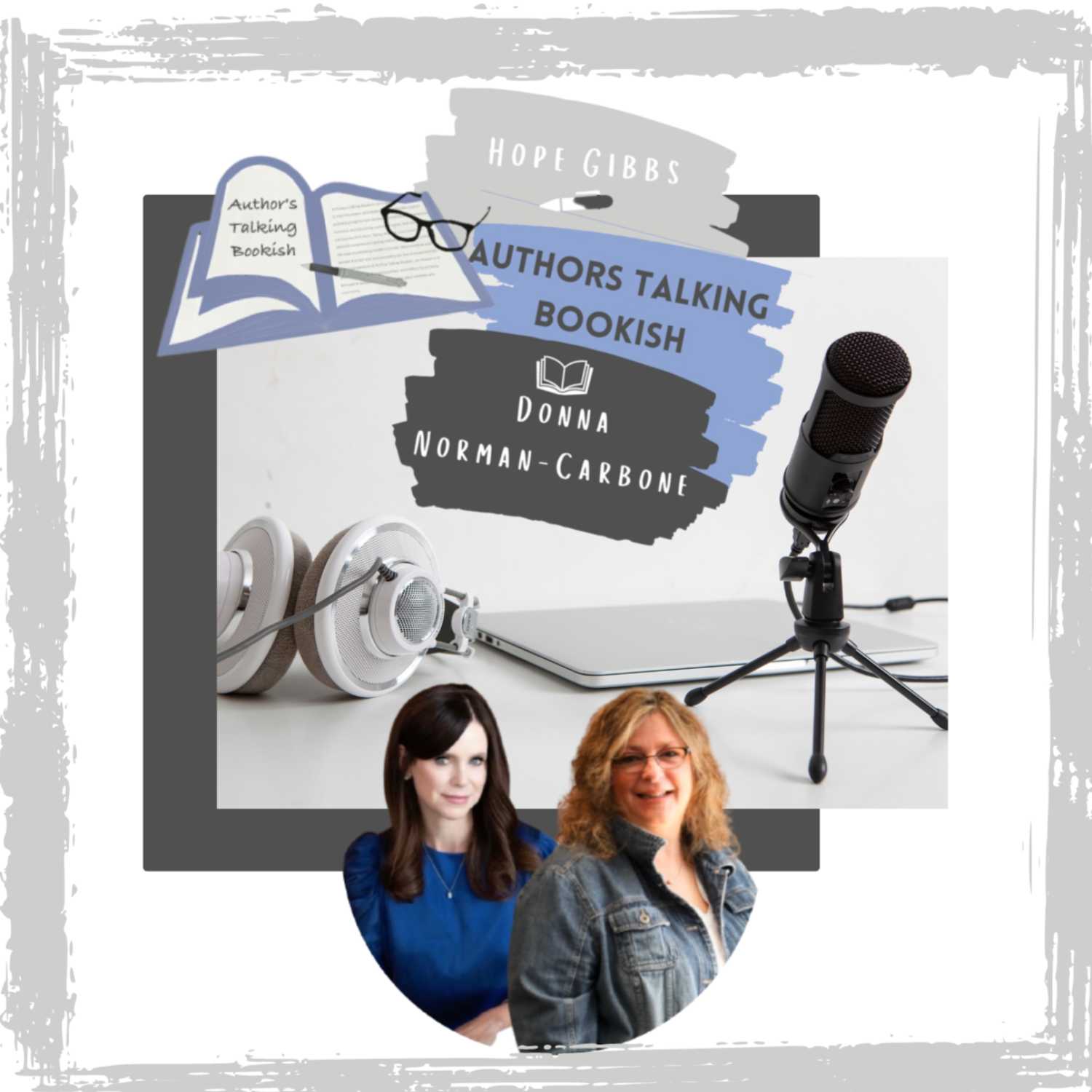- After-Shows
- Alternative
- Animals
- Animation
- Arts
- Astronomy
- Automotive
- Aviation
- Baseball
- Basketball
- Beauty
- Books
- Buddhism
- Business
- Careers
- Chemistry
- Christianity
- Climate
- Comedy
- Commentary
- Courses
- Crafts
- Cricket
- Cryptocurrency
- Culture
- Daily
- Design
- Documentary
- Drama
- Earth
- Education
- Entertainment
- Entrepreneurship
- Family
- Fantasy
- Fashion
- Fiction
- Film
- Fitness
- Food
- Football
- Games
- Garden
- Golf
- Government
- Health
- Hinduism
- History
- Hobbies
- Hockey
- Home
- How-To
- Improv
- Interviews
- Investing
- Islam
- Journals
- Judaism
- Kids
- Language
- Learning
- Leisure
- Life
- Management
- Manga
- Marketing
- Mathematics
- Medicine
- Mental
- Music
- Natural
- Nature
- News
- Non-Profit
- Nutrition
- Parenting
- Performing
- Personal
- Pets
- Philosophy
- Physics
- Places
- Politics
- Relationships
- Religion
- Reviews
- Role-Playing
- Rugby
- Running
- Science
- Self-Improvement
- Sexuality
- Soccer
- Social
- Society
- Spirituality
- Sports
- Stand-Up
- Stories
- Swimming
- TV
- Tabletop
- Technology
- Tennis
- Travel
- True Crime
- Episode-Games
- Visual
- Volleyball
- Weather
- Wilderness
- Wrestling
- Other
Exploring Author Spaces: From Writing Nooks to Creative Havens, Episode 7
Have you ever considered designating a dedicated writing space in your life? Whether it’s a tranquil corner adorned with books and soft lighting, a bustling café fostering an ambiance of creative energy, or a minimalist desk that evokes focus, your environment can affect your creativity and productivity.SHOW NOTES:Famous Author’s Writing Spaces‘A woman must have money and a room of her own if she is to write fiction,’ Virginia Woolf famously says in A Room of One’s Own. Roald Dahl’s – writing hutStephen King’s – Maine house the Sanctuary of ScaresCharles Dickens – special desk and chairEdith Wharton – writing in bedJ.D. Salinger - a shedVirginia Woolf - a room, (then) the OG She-ShedWriting Spaces:“writing space” and its significance for writersHow can the physical environment around you influence your writing style and productivity?Types of writing spaces: home office, dining room table, shed, clofficeTips for creating an inspiring work space, regardless of budgetSensory elements (color, scents, sounds, music)Different Spaces for the Writing Process and StagesTailor your space to the different stages of the writing process (brainstorming, drafting, editing, marketing)Change the setting – how mixing up your writing spaces can help you overcome writer’s block and stimulate fresh ideasBenefits of writing in public: A coffee shop. Park. On vacation. RetreatsWriting in a Digital Age:Virtual writing spaces, online writing communities. How they can impact your writing by collaborative creativity. Balancing your writing time with constant distractions from the internet being at your fingertips.LINKS & SOURCES:“Where writers write: Virginia Woolf’s writing room,” Charlotte Peacockhttps://charlottepeacock.co.uk/2021/01/02/where-writers-write-virginia-woolfs-writing-room/Donna’s Home Office Pinterest Board https://pin.it/7IA1769DO NOW: Put together a list of what inspires you—music, favorite colors, books, aromas, authors. Make a mood board of the spaces that speak to you. Decide if you would work best at home, your local coffee shop, or even outdoors. Remember, your writing space should be a reflection of your unique personality and style that should fuel your imagination and help you craft your novel.

